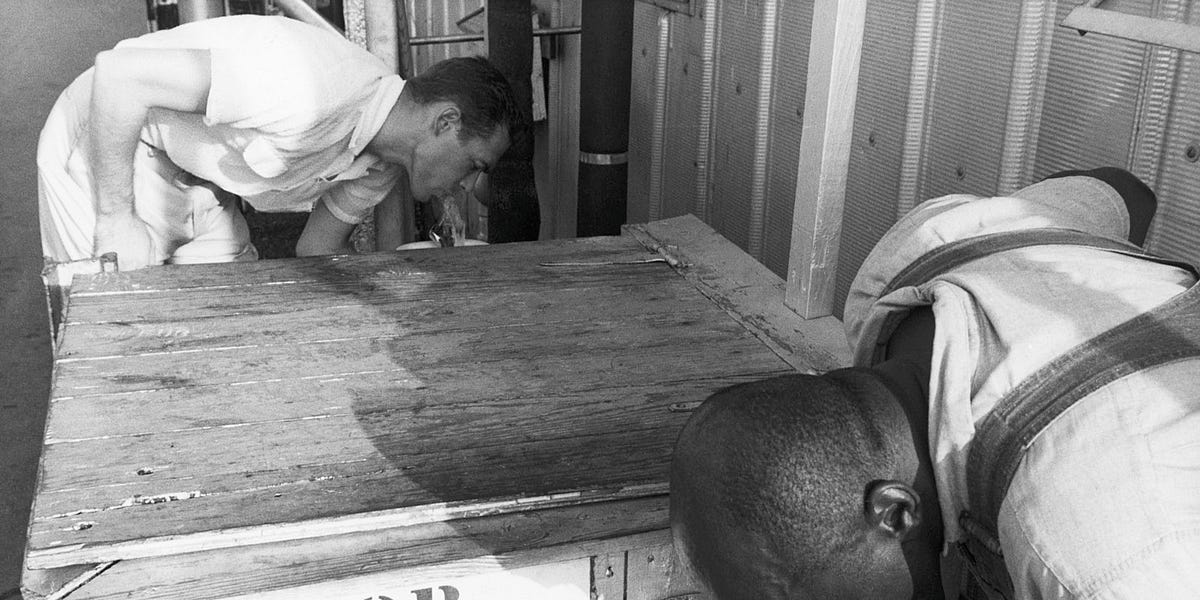
At church, 11-year-old Lyle Hemmis worries about going to hell as a raging forest fire threatens to overtake his town. His family includes his father; his pregnant stepmother, Winny; his brother, Rudy; and his sister, Aggie. A ringing church bell indicates that the Eagle Fire Company is sending out the horses; as neighbor Mr. Post waters his house down, Lyle selects some string, trinkets, and jacks, as well as his father’s watch, to save. The family leaves their house, but the siblings jump off the surrey when they hear horses in distress at Mr. Boone’s stable. The children rescue five horses, including their own, named Scarlet. Now separated from their parents, the kids decide to follow the crowd, riding or leading the animals as they attempt to find safety. They go into the nearby Black Lake, but then Lyle wonders if the water will heat up or if they could drown. Lyle saves an old woman, whom he later recognizes as their neighbor, Mrs. Flikkema. In a survival scene that some readers may find discomfiting, Lyle and Aggie squeeze the teats of a horse to drink her milk to slake their desperate thirst. Lyle, understandably, cries several times over the course of the story. Later, Winny goes into labor, and Lyle worries that she’ll die in childbirth like his mother. The author’s descriptions of the fire’s effects are vivid, as when soot “burned inside his nose and reddened the rims of [Lyle’s] eyelids.” Gruenberg also clearly and informatively explains firefighting techniques of the time, and touches on salient themes of religion, deforestation, and loss. However, at points, the characters’ speech seems anachronistic; for example, the word backpack wasn’t in use until the early 20th century. That said, because the novel is set across only a few days, it keeps up a good, brisk pace.
























































![Key Metrics for Social Media Marketing [Infographic] Key Metrics for Social Media Marketing [Infographic]](https://www.socialmediatoday.com/imgproxy/nP1lliSbrTbUmhFV6RdAz9qJZFvsstq3IG6orLUMMls/g:ce/rs:fit:770:435/bG9jYWw6Ly8vZGl2ZWltYWdlL3NvY2lhbF9tZWRpYV9yb2lfaW5vZ3JhcGhpYzIucG5n.webp)


















